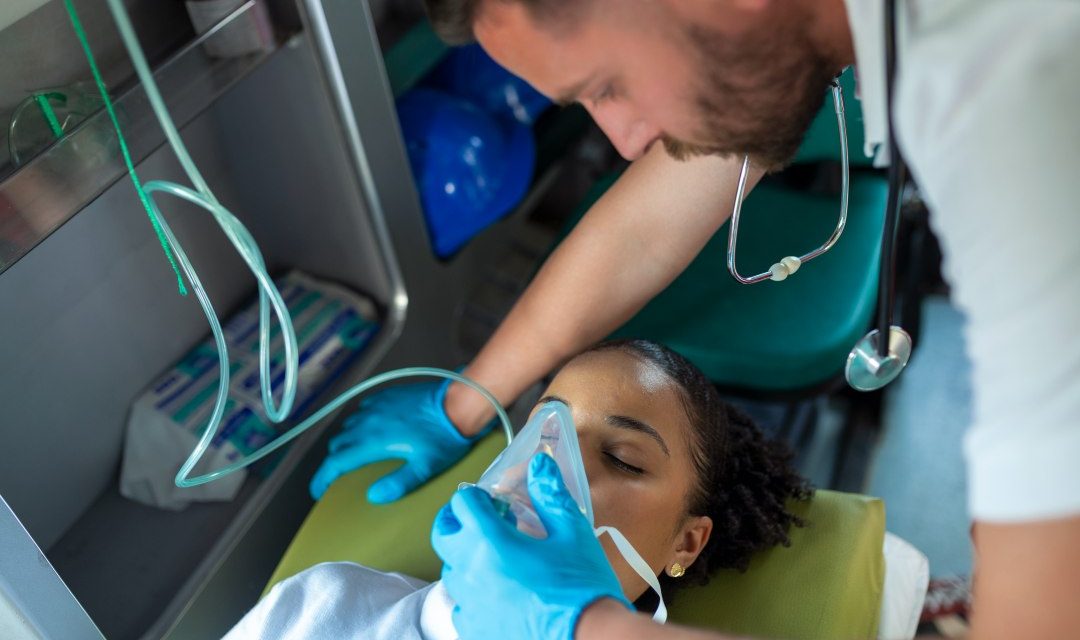“Unstable chest” is a medical term that refers to a serious condition in which the bones of the chest are broken or displaced from their normal position. This condition can result in trauma or injury to the chest, such as a blow or accident.
An unstable chest is a serious condition that requires immediate medical attention. Symptoms may include:
- Chest pain
- Difficulty breathing
- Changes in skin color (bluish lips, skin or nails)
- Feeling weak or dizzy
- Difficulty breathing
- Visible deformation or asymmetry of the chest
If you suspect an unstable chest, seek medical attention immediately. This condition can be life-threatening as it can lead to complications such as lung, heart or blood vessel injuries. Doctors will perform a thorough examination and likely refer you for X-rays or other diagnostic tests to determine the severity of the injury and the best treatment.
Treatment for an unstable chest may include:
- Fixation of the chest using orthoses or tapes
- Decompression of a tense pneumothorax (if there is a pneumothorax)
- Pain control and use of analgesics
- Assist with breathing, including the use of ventilators and mechanical ventilation if necessary
- Surgical intervention in certain cases of severe injuries
It is important to promptly treat an unstable chest by skilled medical personnel to reduce the risk of complications and improve the patient’s outcome.
TREATMENT OF UNSTABLE CHEST – PROCEDURE
- Open and secure the airway.
- Administer oxygen.
- Establish an intravenous line.
- If necessary, apply advanced airway management techniques, such as assisted ventilation or intubation using the rapid sequence intubation technique.
- Monitor for signs of tension pneumothorax (excessive air pressure in the pleural space).
- If there is a tension pneumothorax, perform decompression on the injured side.
- Continuously monitor oxygen saturation (blood oxygen saturation) to ensure adequate oxygenation.
- Provide prompt transport to the hospital for further medical evaluation.
- Stabilize the unstable part of the chest. This may involve the application of appropriate dressings or fixations to prevent further movement of the ribs or chest wall.
- Monitor cardiovascular functions because heart muscle (myocardium) injury is possible.
- Contact the hospital to relay information about the patient’s condition and prepare them for the injured person’s arrival.
Note: These guidelines are general guidelines for managing an unstable chest. Exact treatment depends on the severity of injuries and clinical circumstances, so consult a medical professional for precise guidelines and procedures.



0 Comments